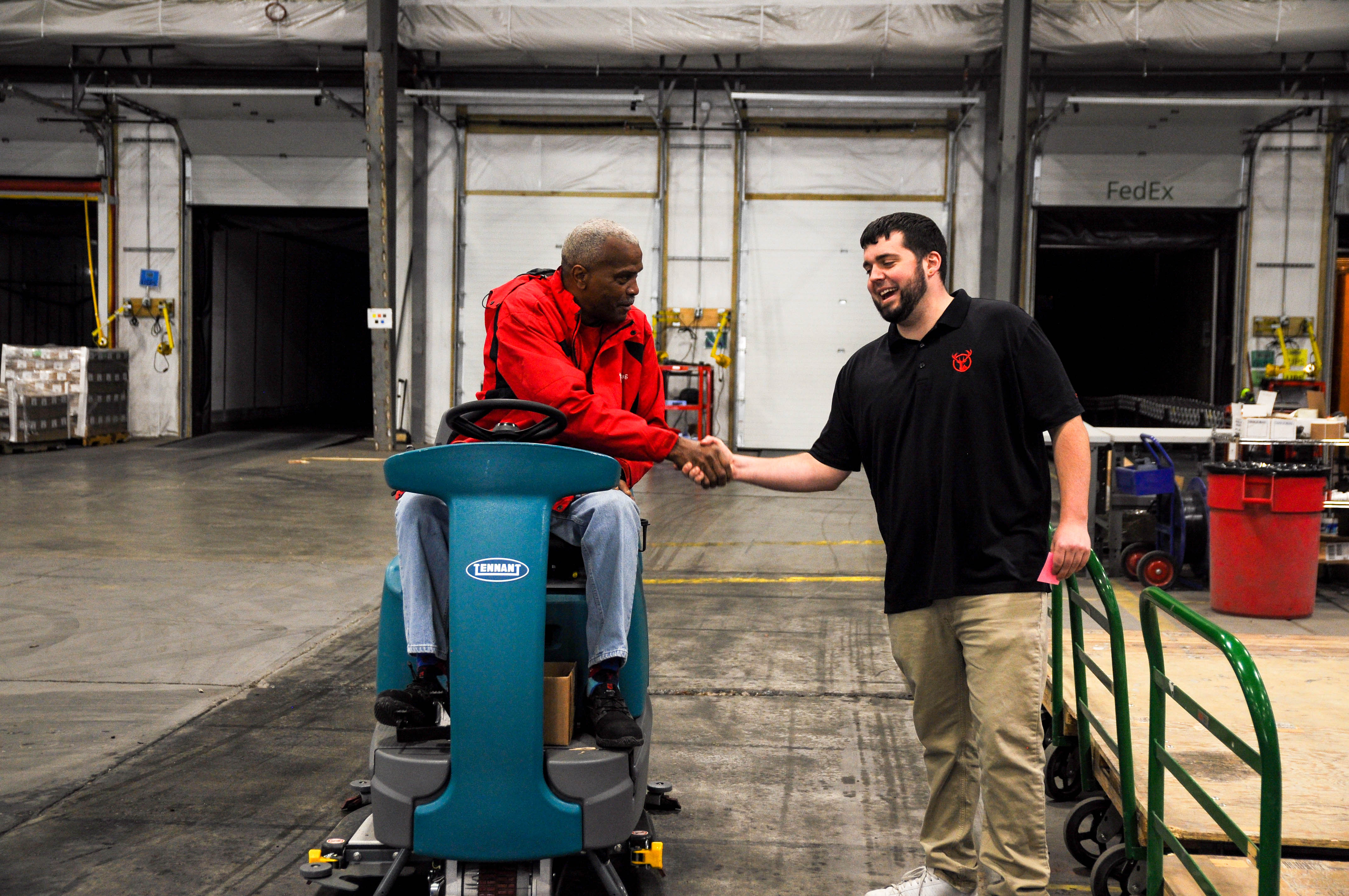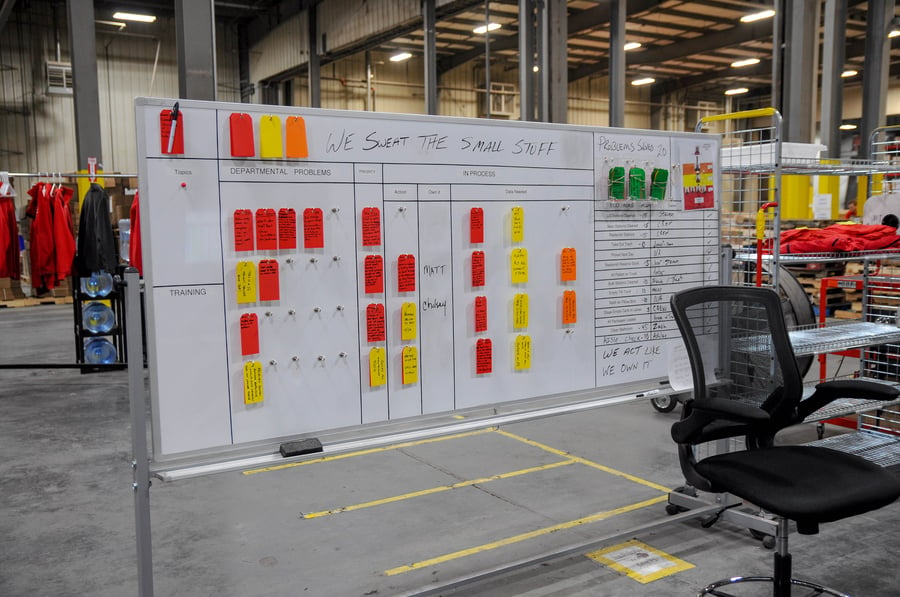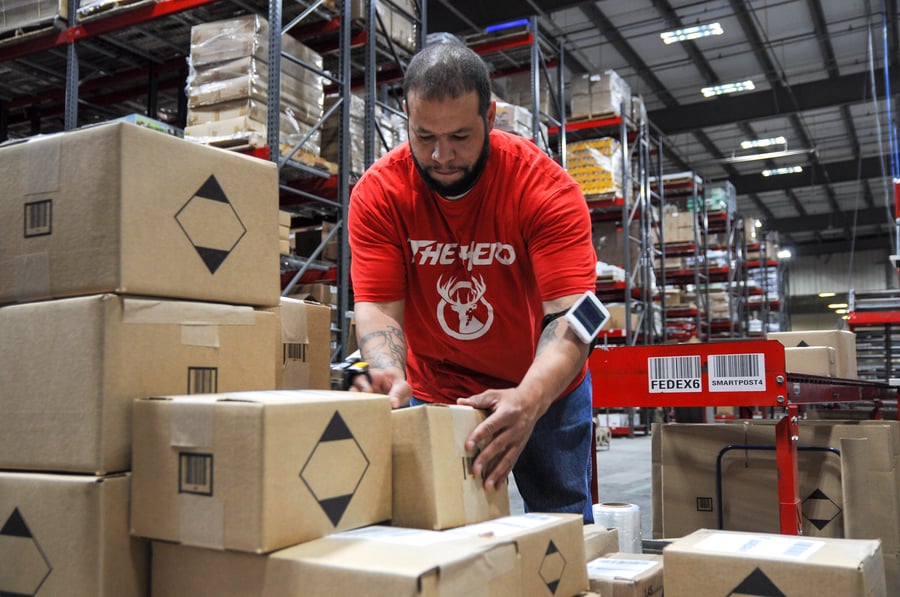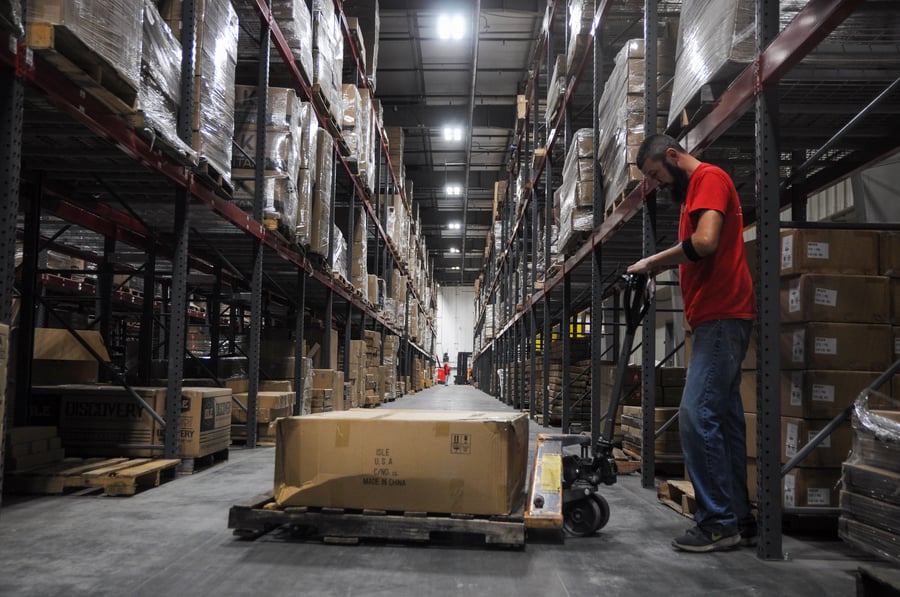
You’ve made the hard decision to find a company to ship products for you, but now the time has come to pick who’s shipping them and you can’t decide between two (or more) options. Do you only have to choose one distributor?
It may come as a bit of a shock, but your business can partner with multiple distributors if it makes sense for you. That means take advantage of sales volume, getting a benefit from each partner, and being able to utilize their services effectively.
Using multiple distributors makes it easy to reach more customers quickly. But, as operations scale, their costs can quickly follow. You’re going to need to do some homework and pull out the IT stops to get things done and capitalize on the potential here. To give you a hand, let’s look at some of the big opportunities and risks that come with managing product fulfillment with multiple distributors.
Begin with Software
At the outset, you want to determine what your existing software solutions can handle. While some may be able to send orders to individual companies, not all can split the same order across different parties. You may even face requirements where you can only adjust by location or other large metrics.
Other platforms may only be able to make limited cost comparisons or shipping speed comparisons — such as supporting only one currency without automated conversion or an inability to account for shipping that crosses borders.
Determine what you need and start building from there. You can often find the right solutions for your business and then change them as you grow. For example, there are some 3dcart services that will allow you to work with multiple distribution centers and designate where they will ship to for your operations.
You’ll want to look for solutions that support your ecommerce operations and integrate with existing software. This should include your sales channels, vendor portals, order management tools, and however you receive inventory counts and other data from your distributors. Some ecommerce platforms can do this natively, while others require add-ons; sometimes, you may have to build the tools yourself.
The more integrated you can be with your orders, inventory, and distributors, the better your ability to understand operations, control costs, and respond to bottlenecks.
Sourcing Your Inventory

Each distributor will need access to inventory that either you ship to them or comes direct from the manufacturer. This should be determined beforehand, and the process cleared with everyone before your first order.
If you’re shipping goods to each distributor, look at the cost of this plus the cost they charge to get orders to the end-consumer. By splitting inventory or having to do some work in your own facility, you might be adding excess costs. On the other hand, if manufacturers can ship to each distributor, you’ll likely not see a significant increase compared to them shipping goods to you.
If your efforts span a large country or multiple countries, there’s a chance to source multiple manufacturers too. Here’s an opportunity to test different companies or ensure that products are available as you grow. This can be especially common for perishable goods with a short shelf life.
Review the SKU
There’s an important caveat in the conversation on using multiple distributors. Not all products are made equal, so some claiming to be the same SKU might not be.
You can see people running into this problem with Amazon’s FBA in some cases, because there are options to allow Amazon to use any product with the same SKU to fill an order.
So, you’ll need to do a thorough product review and ensure that your distributors are using the same vendors for the same SKUs or that there is no discernible difference between their sourcing. Typically, this requires products to have the same manufacturer while the distributors use different vendors or wholesalers to acquire their supply.
If you’re sending product to distributors, this isn’t an issue. However, if you have someone running distribution for you in another region or country, and they’re sourcing products for you, this can quickly cause problems. It’s your reputation on the line.
Location Selection

If you’re working with multiple distributors for product fulfillment, you want them to be geographically diverse. Whether your partners have one warehouse each or 20, they shouldn’t have much overlap in location. This ensures that you can reach more customers quickly, without duplicating effort.
You get the biggest bang for your buck when each partner has a local region that is cheapest for them to fulfill to regularly. The closer you can get their locations to your customer locations, the more likely you are to save, too.
Placing geographic restrictions on fulfillment companies also makes it easier for your development team to know where to send orders and how to show shipping on your website (if it is a dynamic cost and not a fixed cost). Because multiple locations help drive down your shipping costs, they also help you avoid shopping cart abandonment.
You get the benefit of offering the best rate of multiple carriers in multiple locations, making them compete for your business.
Products Can Beat Location

Spreading inventory across multiple locations is smart if you have the volume to support it. If you’re not selling a lot of the same things in the same regions, you might be better off consolidating inventory instead of distributing it. In the same vein, it doesn’t always make sense to use all distributors for every product. They specialize, just like your business does.
So, this could mean considering different distributors for distinct types of product.
For example, at Red Stag Fulfillment, we specialize in heavy, large, and high-value orders. We have the right technology, training, and team to handle office chairs, outdoor equipment and related items. Our warehouse layout makes it easy to move these goods without risk, allowing us to fill orders while lowering operating costs for clients. Other distributors will work in their own niches, perhaps with small products, perishable goods, or corrosive chemicals.
Distributors that specialize often develop relationships with carriers around those products. It enables us to ship goods more securely and secure the best rates available, while also limiting the potential for product damage in transit.
If you have a diverse range of products where some items are incredibly different — or if only some have special regulatory requirements or storage needs — sending goods to different distributors can make a whole lot of sense.
You’ll also save by avoiding sending every product to the highest-cost solution. If some of your goods require hazmat training, for example, you’ll pay a higher-than-average labor cost per order because of the specialization required. While that makes sense for your special orders, it could significantly drive up the cost on an order that doesn’t need the requirement, like individual soccer balls.
Track Vendor Cost Data

One final piece of data to discuss is the information your partners provide around the costs for orders, additional fees, and the overall costs of doing business with each.
Every distributor has its own unique way of calculating your costs. They may charge percentages of orders, flat fees, or a mix of the two per order. You can have a variety of labor and hourly charges, storage charges based on shelf space or volume, differing costs when a product needs to be lifted by a forklift, fragile charges, and on and on.
In the platform you use, these should all be stored at both the vendor level and kept in your own planning tools. You want to look at the entire spend to see which products make sense for which distribution partner and if you could save by limiting products or shipping types with certain partners.
For instance, if you’re able to use a flat-rate shipping option for smaller products and one distributor is significantly cheaper when it comes to handling smaller goods, it may make sense to give them all of your small goods orders.
Where the tricky math comes in is determining if what you save in this case would be of enough value to potentially split orders. Say customer 1 orders a heavy product and a light product from you. You want your system to automatically decide if the entire order should all come from distributor A, or if you could save by having just the heavy item come from distributor A while the further-away distributor B ships the smaller flat-rate item.
That calculation depends on knowing and accounting for all the business costs of each partner, not just their individual shipping costs. And, finally, test things out and see if either impact your conversion rates or boost average order values.
Keep Bringing It Back to Overall Cost and Speed
There are significant benefits to working with multiple distributors for your growing business. You can usually get products to customers faster — and often cheaper — while having a smaller chance of a major disruption in the event a distributor has a problem.
However, you’re effectively running two operations and do run the risk of paying too much. Safely using multiple distributors means you need to be as lean as possible. This entails using predictive analytics and historical data to get the right amount of inventory to each distributor. Send too much to each and it’ll sit on shelves at an added storage fee. Send too little and orders are delayed until you can restock, or you pay extra because products have to be sent from the further distributor instead of the closest.
You’ll want to balance inventory orders with demand and storage at each distributor to help you reap the benefits without eating into your revenue. Technology can again be a smart partner here. Sometimes that’ll be putting everything in the hands of a tech-focused 3PL (third-party logistics) that has a distribution center for each coast, or even using a distributed inventory solution.
They can help you understand the right mix you need for locations or suggest additional partners for operations to guarantee coverage. A 3PL can be smart for savings and reach because they tend to run multiple distribution locations, or you can select multiple to not only test which service is best but also protect your orders and supply chain.





Leave a reply or comment below